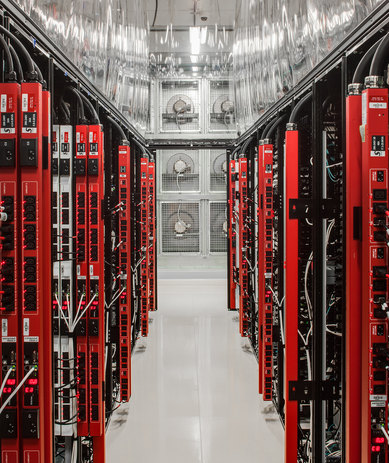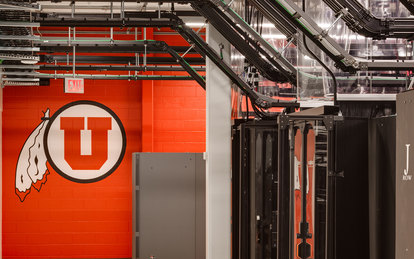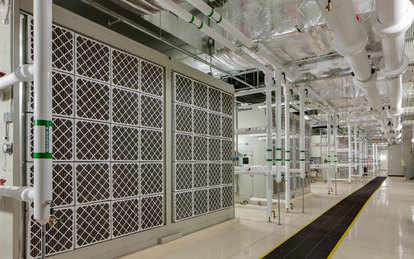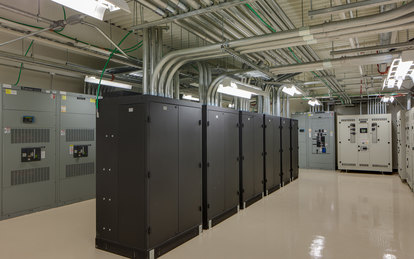University of Utah - Data Center Improvements
To meet the ever-growing demand for data storage, the University of Utah developed a multi-tier off-site data center to provide safe, secure, reliable university operations. SmithGroup teamed up with a local firm VCBO to bring design this facility.
客户
University of Utah
位置
Salt Lake City, Utah
市场/服务
Data Centers, Higher Education, Mission Critical, Science & Technology
大小
25,000 GSF
The University of Utah (UU) needed to consolidate multiple production centers into a central data center to house banks of powerful computing and data storage systems supporting university operations that included Center for High-Performance Computing, and the University of Utah Hospital. A new data center building was necessary in order to meet this challenging need. Project goals for the new data center included the requirement to substantially reduce the high energy and water usage typical of data centers, targeting LEED Silver certification. The University elected to repurpose an off campus former Coca-Cola bottling plant built in 1938 to be the new home of the data center through renovation in partnership with SmithGroup.
Data centers are heavy energy users, generating heat 24/7 and requiring cooling year-round. Our design team created a climate psychometric chart to map distribution of cooling hours and analyze how deployment of different cooling strategies could maintain data floor set points. It determined that an outside air economizer strategy met conditions for more than 70 percent of the year, “free cooling” that uses a matrix of reduced-horsepower fans with carefully designed airflow pathways to flush the heat generated from server racks from the data center with outside air. A water-side economizer utilizing evaporative cooling supplements the system, reducing the need for mechanical chiller operation to less than six percent of the year. A weather station monitors outside air conditions and guides the choice of full or partial economizer operation.
Along with this layered cooling strategy, hot-aisle containment isolates the hot server air from the server rack intake supply air, allows for use higher cold-aisle temperatures delivered in a ballroom approach at much lower energy cost as opposed to a traditional raised floor air distribution design.

The new data center exceeded the University goals for energy efficiency, achieving LEED Gold certification.
Operating at 1.2 PUE (Power Usage Effectiveness), the energy-efficient measures paid for themselves almost immediately. What’s more, the center provides a robust, adaptable infrastructure with room for growth, opening the door to previously unattainable research grants, co-location opportunities and an even brighter future for the University of Utah.


